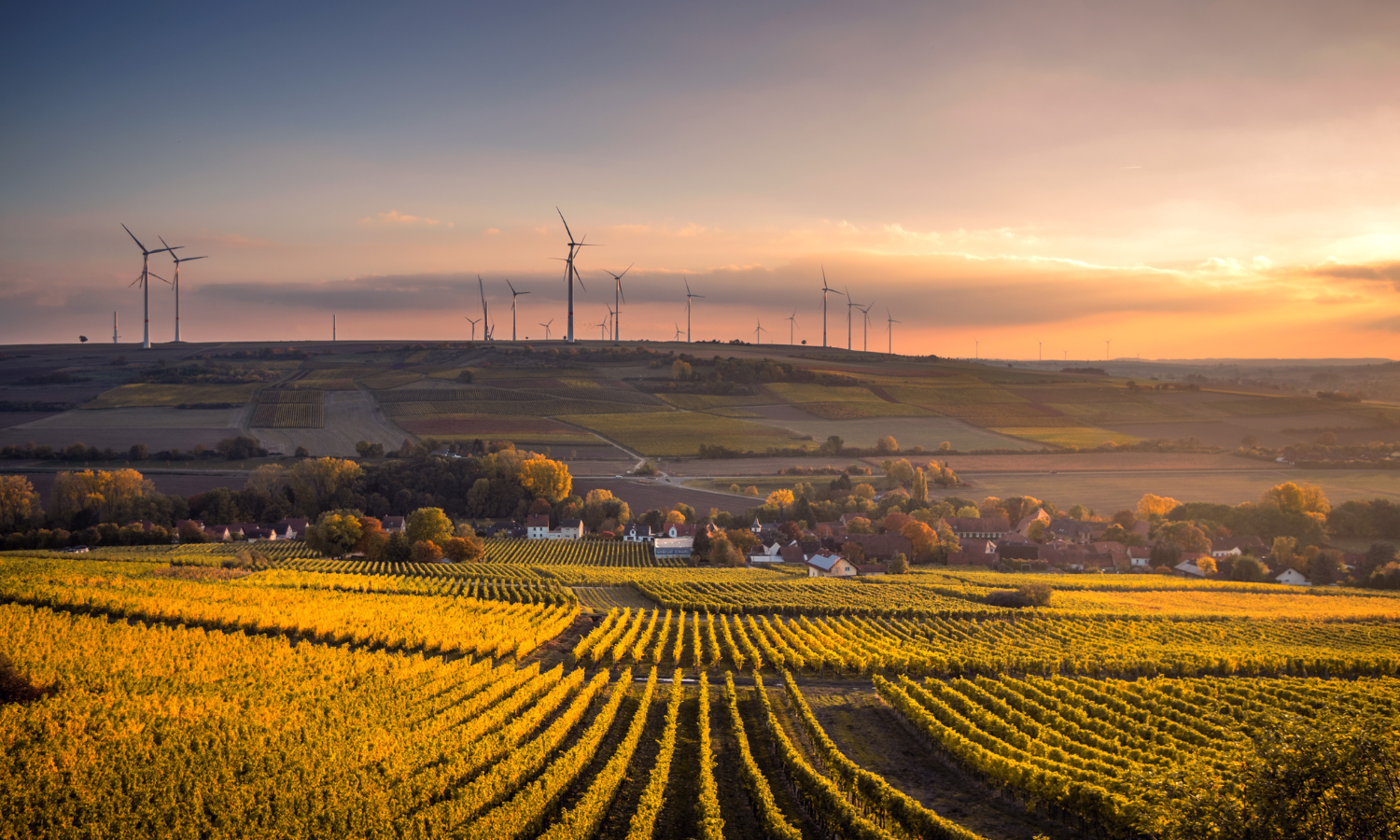In his poem, The Theologian’s Tale, the 19th century American poet Henry Wordsworth Longfellow popularized the second part of the title of this op-ed: “ships that pass in the night speak to each other in passing…only a look and a voice, then darkness again and silence.” With neither climate nor nutrition action scaling up fast enough, we cannot afford any more darkness and silence. We need light and engagement.
It is odd to even argue for closer integration of action between climate and nutrition, after all, they are fundamentally linked in obvious ways. If climate changes, farming changes and the most negatively affected areas of the world can least afford the disruption. The climate modelers show us maps of Africa, for example, that show declines of up to 25 percent in the productivity of maize in the Sahel, Eastern and Southern Africa. Extreme heat and humidity mean that more food is lost to disease and spoilage. A recent Intergovernmental Panel on Climate Change report indicates that a temperature increase of 1 percent could lead to an average 3.2 percent decrease in global rice yield. And floods obviously have a massive impact on the infrastructure of food—roads, wholesale and wet markets—leading to shortages and price volatility. But there are less obvious impacts on nutrition too. As CO2 levels rise, the nutrient density of cereals drops. And as seasonality becomes more extreme and unpredictable the impact of the month of birth of a child on its nutrition status becomes even more marked.
What about the links in the other direction? We know that increased production and consumption of fruits, vegetables, pulses, and nuts – all critical for healthy diets and the prevention of all forms of malnutrition— tend to be low emission. We also know that greater diet diversity is supported by greater production diversity and that also supports biodiversity and adaptation to climate change
The fundamental links between climate and nutrition are strong, but what about the operational links? The new baseline report from the Initiative on Climate Action and Nutrition (I-CAN) documents the current strength of integration. Authored by GAIN and a group of United Nations Agencies, the premise of I-CAN is that greater integrated action will accelerate improvements in nutrition and climate outcomes. In essence, I-CAN points out that climate champions may be missing opportunities to act by ignoring the nutrition space and that nutrition champions may be missing opportunities to act by ignoring the climate space.
The bad news from the I-CAN baseline report is that, at present, integration between climate and nutrition is very weak. For example, on the climate side, only 2 percent of Nationally Defined Contribution roadmaps to lower emissions have solid plans for nutritious foods and only 16 percent of National Adaptation Plans do. On climate finance, only 3 percent of Green Climate Funds have solid plans for nutritious foods and only 1 percent of all international climate finance does. On the nutrition side, only 17 percent of all national food procurement policies explicitly consider climate, only 46 percent of food based dietary guidelines include climate considerations and only 5 percent of the nutrition commitments tracked by the Global Nutrition Report include concrete plans on climate. The private sector is no better at integration. Of the 350 food and agriculture companies tracked by the World Benchmarking Alliance not a single company scores well on both nutrition and sustainability.
If this is the bad news, the good news is that there is considerable room for improvement. But what will it take to realize greater integrated action? For the first time we have a roadmap: the I-CAN data provides for each country, each agency, and each business the pointers and ideas on how to integrate better. This will help greatly. But mindsets also need to change. The nutrition community must think bigger. Nutrition is never going to be a political behemoth alongside economic growth, security, and climate change. We have to make the case that nutrition is a means to an end to these other goals, in addition to being a fundamental end in itself. This is not easy, but in my view it is necessary. And on the climate side, a greater connection with the human condition is needed. Malnutrition is one of the human faces of unchecked climate change. Links with nutrition can bring the realities of climate change into families and homes and help to make the case for more urgent climate action. Whatever SDGs you are a champion of we need more lateral rather than unilateral thinking. Vulnerable families and communities connect issues that the rest of us have the luxury to keep artificially apart. We also need to get out of our comfort zone and talk to and work with people we do not normally come across in our routines. We are too obsessed with competition and forsake complementarity. The luxury of silos can no longer be afforded. And we need to leave our egos and logos at the door. They get in the way of lateral thinking, joint action, and uncomfortable conversations.
I started this with a quote from a 19th century American poet named Henry so let me finish with another: Henry van Dyke. He is quoted as saying “in the progress of personality first comes a declaration of independence, then a recognition of interdependence”. As we approach food and agriculture and water day at COP28 and on the eve of the holiday season I think we could all do with a little more recognition of our interdependence. Climate and nutrition certainly can.
Articles like the one you just read are made possible through the generosity of Food Tank members. Can we please count on you to be part of our growing movement? Become a member today by clicking here.
Photo courtesy of Karsten Wurth, Unsplash











